2016 was, statistically speaking, one of Justin Verlander's top three seasons and probably his best season since 2011, when he won both the Cy Young award and the MVP. As a result, I spent the Summer of 2016 following Justin Verlander around the Midwest, accumulating as many pictures and video clips, from as many angles as possible, in order to put together the definitive analysis of his pitching mechanics.
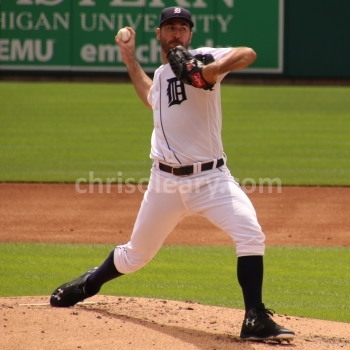
Justin Verlander August 2016
The picture above of Justin Verlander is one I acquired during my travels. It instantly became at least my favorite picture of him and perhaps my favorite picture of a pitcher of all the thousands I possess.
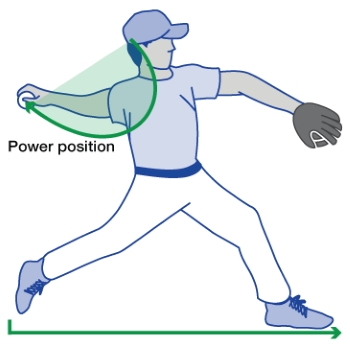
Mayo Clinic Power Position
What's frustrating -- and, in truth, depressing -- is that, at the same time that Justin Verlander is dominating again with classic, natural pitching mechanics and excellent Timing, the Mayo Clinic is advocating something completely different.
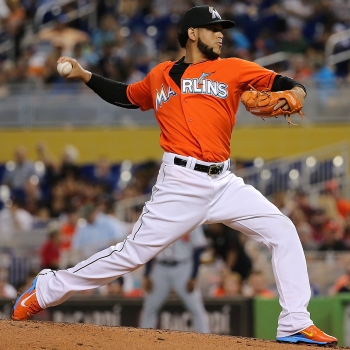
Henderson Alvarez
What's worse, they have the gall to characterize what they are selling as being the mechanics of a "safer" fastball when they are anything but safer.
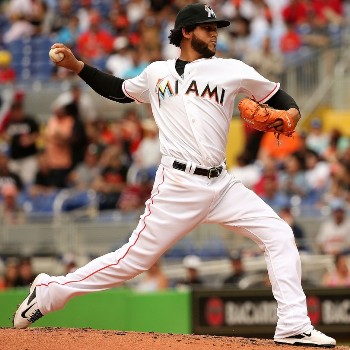
Henderson Alvarez
As I hope the injury problems of pitchers like Henderson Alvarez clearly demonstrate.
Mechanics of a Safer Fastball?
The latest piece to cause my stomach to do a barrel role is the Mayo Clinic's Mechanics of a Safer Fastball, which advocates what frequently-injured pitchers like Henderson Alvarez do, not what Dominant & Durable pitchers like Justin Verlander do.
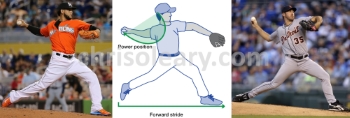
Alvarez, Mayo Clinic Power Position, and Verlander
Instead of teaching the mechanics of a safer fastball, it teaches the mechanics of one of the most dangerous movement patterns, a pattern I call Flat Arm Syndrome.
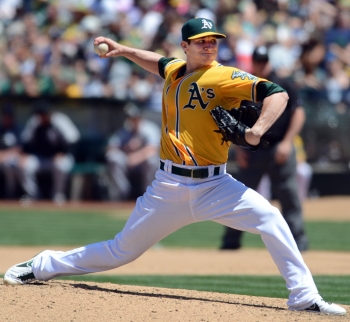
Jarrod Parker
What I'm referring to is, at foot plant...
- The fingers on top of the ball in a position of Premature Pronation.
- Minimal external rotation, which I refer to as a Timing problem.
I know the Mayo Clinic Power Position is what many people teach.
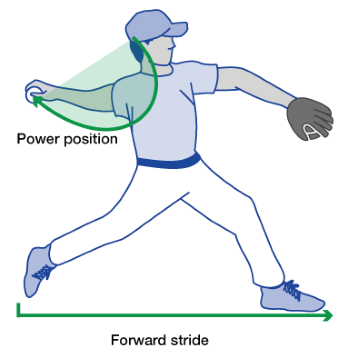
Mayo Clinic Power Position
However, when reading about pitching mechanics (or hitting mechanics), it's best to always compare what you are talk to the mechanics of major league pitchers. In this case, the best comparison for the Mayo Clinic's pitching mechanics model is Henderson Alvarez, who predictably failed and who can't stay healthy.

Henderson Alvarez
Notice how, at foot plant, both Henderson Alvarez and the Mayo Clinic Power Position have the pitcher's hand on top of the ball with the palm facing down and the pitching arm flat and minimally externally rotated.
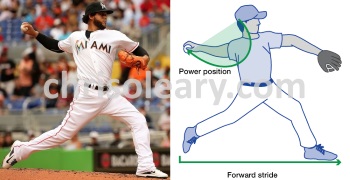
Henderson Alvarez and Mayo Clinic Power Position
You see the same position in Dylan Bundy, another pitcher who has had trouble staying healthy.
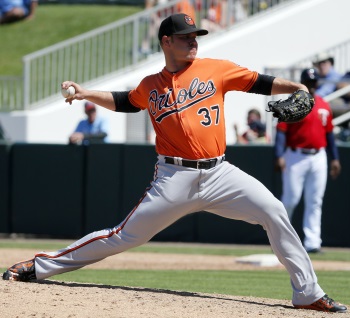
Dylan Bundy
If you're going to copy anyone's pitching mechanics, I'd suggest you study Justin Verlander and David Price.
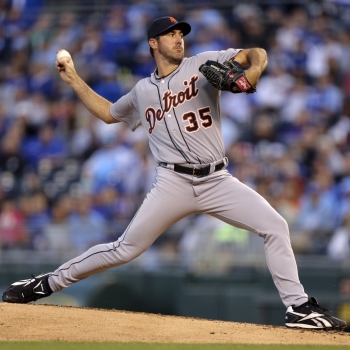
Justin Verlander
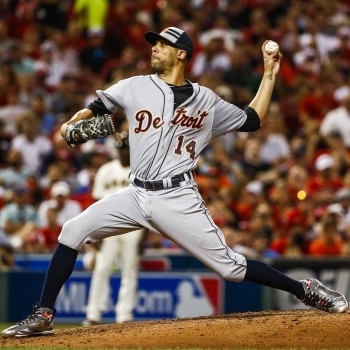
David Price
Verlander and Price have been both Dominant & Durable and who get to a very different position -- what I call the Ready Position -- at foot plant.
What's Going On?
Why does the Mayo Clinic advocate a Power Position that in my experience creates a Timing problem? Why does ASMI advocate pointing the ball at second base -- a move that I call the Tommy John Twist -- which very reliably creates a problem that I call Premature Pronation?
I'm not sure of the answer to those questions, but I have some theories.
The simplest one is that both the Power Position and the Tommy John Twist WILL tend to produce quick velocity gains, and velocity is what people primarily want to buy. The problem is that, in my opinion, they are two of the main drivers of the epidemic. They are especially destructive because their negative consequences tend to manifest themselves months or years down the road.
I also believe the Mayo Clinic and ASMI are too friendly with, and too deferential towards, the pitching mechanics industry. They too willingly accept what everyone does when they should be far more skeptical. At a minimum, they shouldn't advocate new ideas like the Power Position and Premature Pronation until they have first been tested and proven.